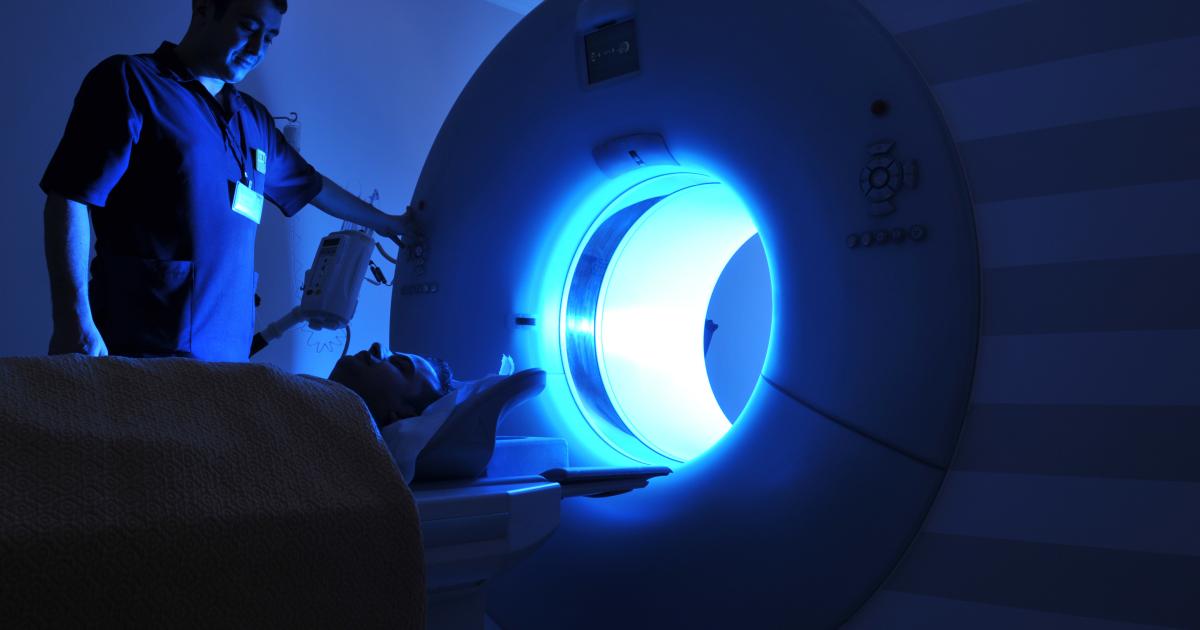D
deleted993114
Ugh. Rather than spouting off the same crap, why dont you add to the conversation and post an article defending your point. I'll do your homework for you once I finish putting out some fires over here
As I said before- your practice of ordering MRIs for back pain is opposed to the balance of every published article in the medical literature describing indications for MRI. I already posted articles describing indications for MRI. However, as you are entrenched in your beliefs and will never change, you simply did not read them. One of those key articles is Chou's article in Lancet. However, you presume to know more than the balance of the medical literature and thus will ignore everything it says.
It is truly shocking that you do not understand this. We had a list of 20 "must read" articles for every fellow in pain management, seven of which involved indications for imaging.
Even if you want to do an epidural, there is no improvement in outcomes for patients that get an MRI and those who do not:
Effect of MRI on treatment results or decision making in patients with lumbosacral radiculopathy referred for epidural steroid injections: a multicenter, randomized controlled trial.
Cohen SP1, Gupta A, Strassels SA, Christo PJ, Erdek MA, Griffith SR, Kurihara C, Buckenmaier CC 3rd, Cornblath D, Vu TN.
Author information
1Department of Anesthesiology, Johns Hopkins Schoolof Medicine, Baltimore, MD, USA. [email protected]
Erratum in
- Arch Intern Med. 2012 Apr 23;172(8):673.
BACKGROUND:
Studies have shown that radiologic imaging does not improve outcomes in most patients with back pain, though guidelines endorse it before epidural steroid injections (ESIs). The objective of this study was to determine whether magnetic resonance imaging (MRI) improves outcomes or affects decision making in patients with lumbosacral radiculopathy referred for ESI.
METHODS:
In this multicenter randomized study, the treating physician in group 1 patients was blinded to the MRI results, while the physician for group 2 patients decided on treatment after reviewing the MRI findings. In group 1 subjects, an independent physician proposed a treatment plan after reviewing the MRI, which was compared with the treatment the patient received.
RESULTS:
Slightly lower leg pain scores were noted in the group 2 at 1 month compared with MRI-blinded patients in group 1 (mean scores, 3.6 vs 4.4) (P = .12). No differences were observed in pain scores or function at 3 months. Overall, the proportion of patients who experienced a positive outcome was similar at all time points (35.4% at 3 months in group 1 vs 40.7% in group 2). Among subjects in group 1 who received a different injection than that proposed by the independent physician, scores for both leg pain (4.8 vs 2.4) (P = .01) and function (38.7 vs 28.2) (P = .04) were inferior to patients whose injection correlated with imaging. Collectively, 6.8% of patients did not (group 2) or would not have (group 1) received an ESI after the MRI was reviewed.
CONCLUSION:
Magnetic resonance imaging does not improve outcomes in patients who are clinical candidates for ESI and has only a minor effect on decision making. Trial Registration clinicaltrials.gov Identifier: NCT00826124.

